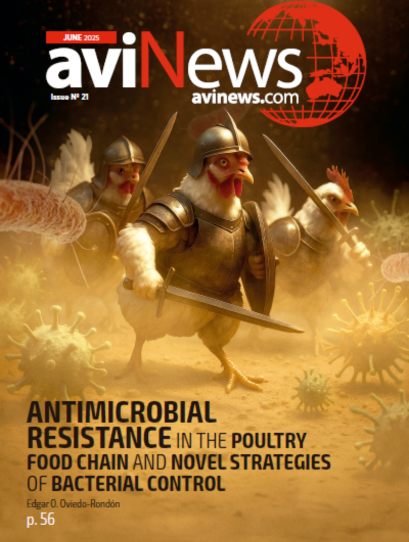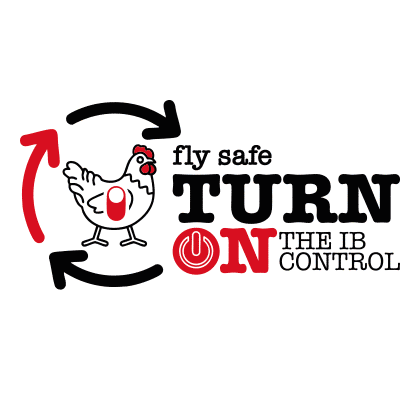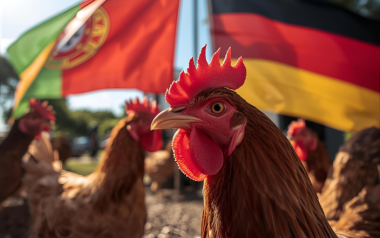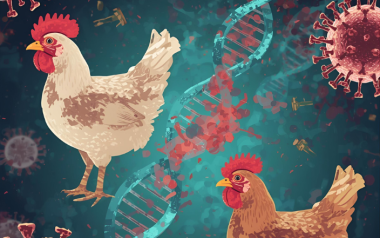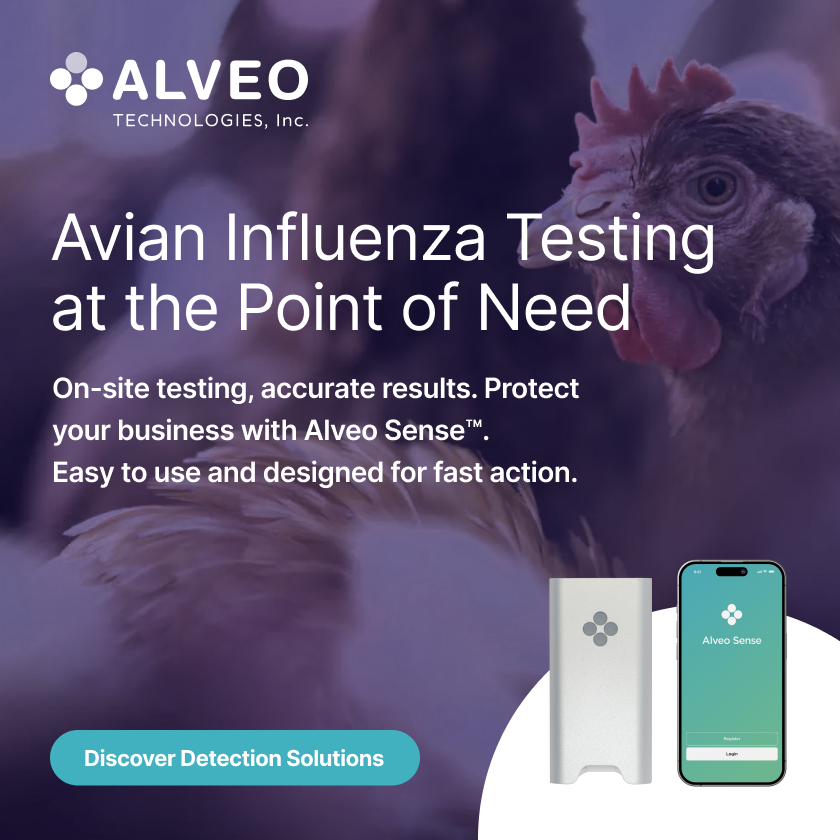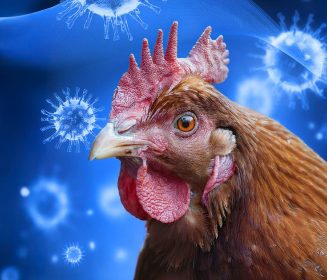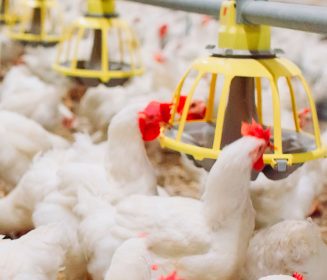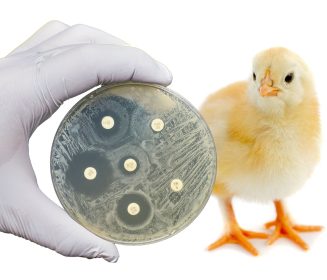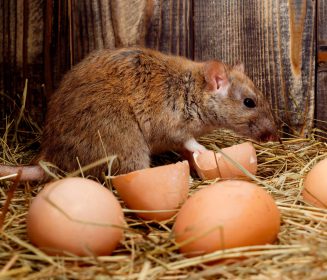
11 Jun 2025
Animal disease detection boosted with new sequencing tech
A new genome sequencing method strengthens the Philippines' animal disease detection, enabling faster diagnostics and outbreak response.
To strengthen the country’s animal disease detection and response systems, the Philippine Department of Agriculture, through the Bureau of Animal Industry (BAI) held a training on MinION sequencing technology from Oxford Nanopore Technologies.
The five-day training equipped participants with essential skills in modern genetic sequencing and data analysis. It was conducted in conjunction with the Commonwealth Scientific and Industrial Research Organization-Australian Center for Disease Preparedness (ACDO) from May 26-30, 2025 at the BAI’s Animal Disease Diagnosis and Reference Laboratory (ADDRL) in Quezon City.
Sampling to sequencing
The training focused on whole genome sequencing, a powerful tool for identifying diseases quickly and accurately. Experts from ACDP led the sessions, teaching participants how to use the MinION sequencing technology, a portable device that helps analyze genetic material.
Participants gained insights into:
- Library preparation
- How to use the MinION device
- Basic bioinformatics (data analysis concepts)

Participants engaged in hands-on learning session covering MinION sequencing workflow, library preparation, and bioinformatics fundamentals. Photo credit: Department of Agriculture-Bureau of Animal Industry
Continue after advertising.
These skills will help scientists detect diseases faster, improving outbreak response and disease prevention.
Stronger international collaboration
On May 28, Australian Embassy Program Officer for Health Partnerships, Patrick Angeles, visited the lab to observe the training and discuss future projects. One key topic was the plan to establish a Next Generation Sequencing (NGS) facility at BAI. This advanced sequencing facility would further speed up outbreak response and improve data-sharing.
By using Oxford Nanopore sequencing, BAI is improving its ability to detect and respond to disease outbreaks quickly. The training is a major step toward modernizing animal health systems and protecting both animals and people from infectious diseases.
The training is part of the Australia-Philippines partnership under the ACDP Wildlife Interface Viromic Regional Emerging Infectious Disease Surveillance Project, which focuses on tracking animal and zoonotic diseases in key regions. Through this collaboration, BAI’s ADDRL has acquired the MinION sequencing device for improved diagnostics.
With continued international support and advanced technology, the Philippines is moving toward a more efficient disease surveillance system.

